Rapportshommes-femmes
Rapportshommes-femmes
Le costume est un marqueur traditionnel de distinction des genres. Les jeunes femmes rivalisent de dextérité pour coudre les bandes de couleurs les plus étroites possibles sur l’encolure et les manches de leurs tuniques. Pour les célébrations du Nouvel An, les femmes se parent de nombreux bijoux en argent et portent des gilets de velours noir couverts de boutons réalisés dans le même métal. Leurs boucles d’oreille sont agrémentées de floches de laine colorées. Plus sobres, les hommes ne dédaignent pas pourtant de revêtir pour les grandes occasions une jaquette de velours noir ornée de nombreux boutons d’argent (l’idéal étant mille !) ainsi qu’une ceinture rouge où sont insérées des floches de laine colorées.
Si la cuisson du riz est considérée comme une tâche féminine, il n’est pas exceptionnel de voir un homme lisu l’exécuter. Les différents travaux à effectuer en dehors du village sont peut-être davantage marqués par cette répartition des tâches selon les genres. Ainsi, abattre un arbre se révèle être une tâche d’homme, tandis que la récolte du bois mort sera l’apanage des femmes. Planter le riz selon la technique traditionnelle demeure l’activité où l’on observe le plus cette distinction des rôles et Otome remarque avec étonnement la chose suivante : la connotation sexuelle de la suite d’actions consistant à trouer le sol (tâche des hommes) puis de semer le riz (tâche des femmes) est si évidente aux yeux des Lisu, qu’un homme ne s’y livrerait pour rien au monde avec son épouse, et inversement, au risque de sentir une terrible gêne.
Le costume est un marqueur traditionnel de distinction des genres. Les jeunes femmes rivalisent de dextérité pour coudre les bandes de couleurs les plus étroites possibles sur l’encolure et les manches de leurs tuniques. Pour les célébrations du Nouvel An, les femmes se parent de nombreux bijoux en argent et portent des gilets de velours noir couverts de boutons réalisés dans le même métal. Leurs boucles d’oreille sont agrémentées de floches de laine colorées. Plus sobres, les hommes ne dédaignent pas pourtant de revêtir pour les grandes occasions une jaquette de velours noir ornée de nombreux boutons d’argent (l’idéal étant mille !) ainsi qu’une ceinture rouge où sont insérées des floches de laine colorées.
Si la cuisson du riz est considérée comme une tâche féminine, il n’est pas exceptionnel de voir un homme lisu l’exécuter. Les différents travaux à effectuer en dehors du village sont peut-être davantage marqués par cette répartition des tâches selon les genres. Ainsi, abattre un arbre se révèle être une tâche d’homme, tandis que la récolte du bois mort sera l’apanage des femmes. Planter le riz selon la technique traditionnelle demeure l’activité où l’on observe le plus cette distinction des rôles et Otome remarque avec étonnement la chose suivante : la connotation sexuelle de la suite d’actions consistant à trouer le sol (tâche des hommes) puis de semer le riz (tâche des femmes) est si évidente aux yeux des Lisu, qu’un homme ne s’y livrerait pour rien au monde avec son épouse, et inversement, au risque de sentir une terrible gêne.
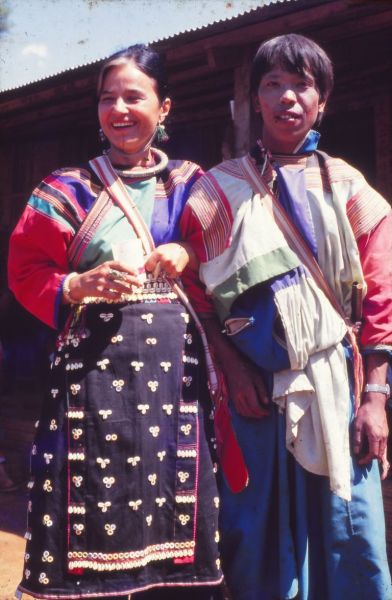
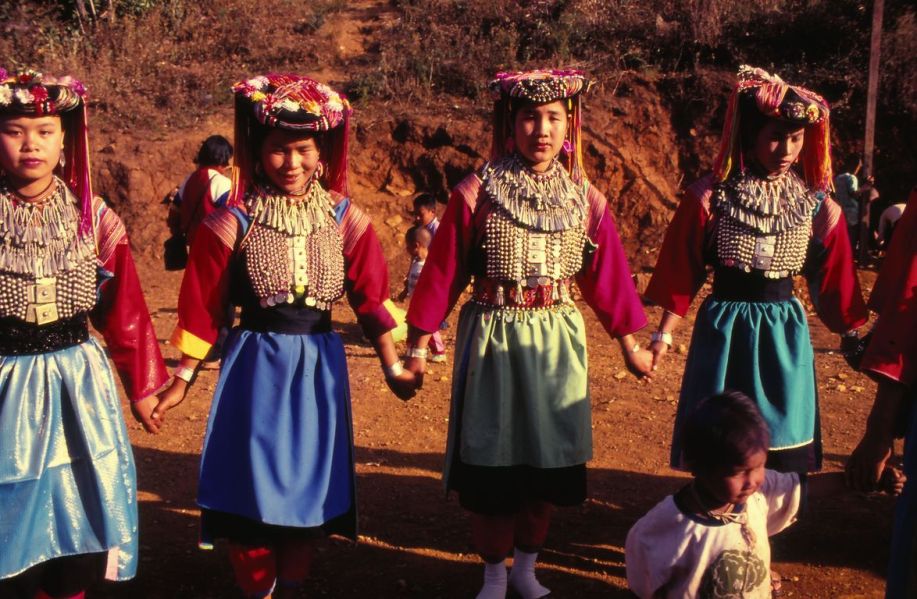
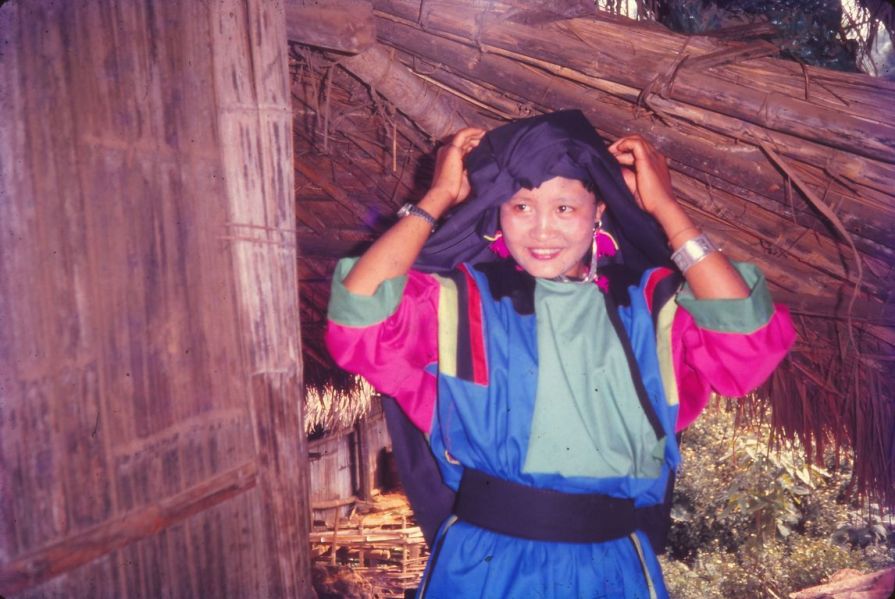
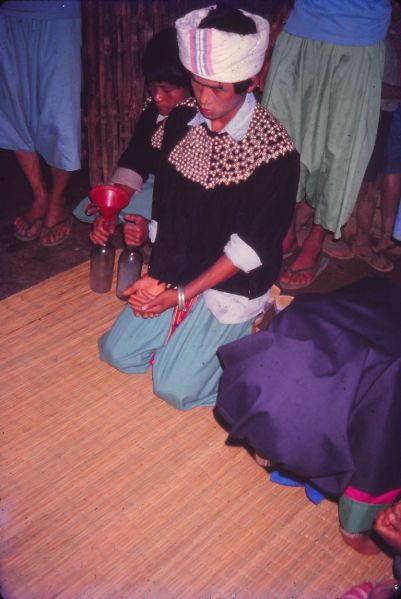

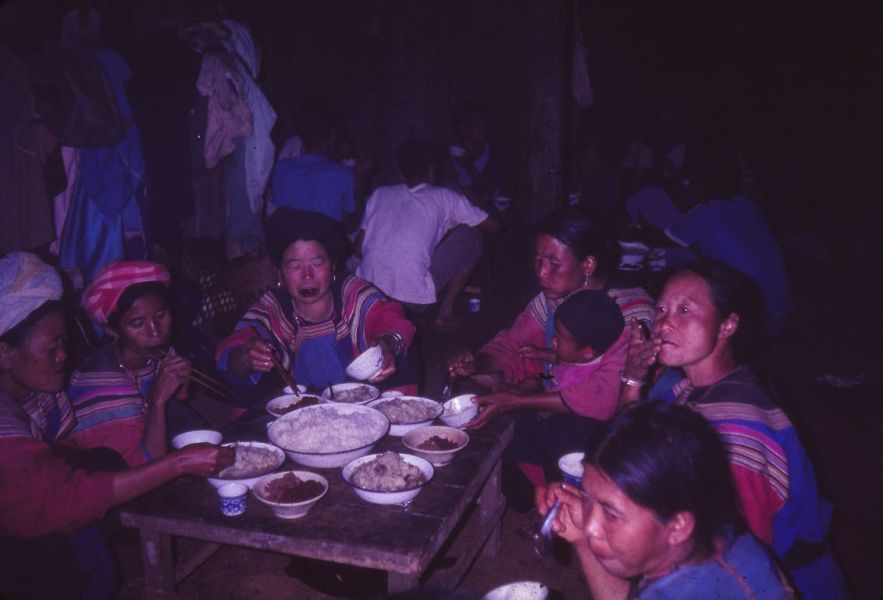
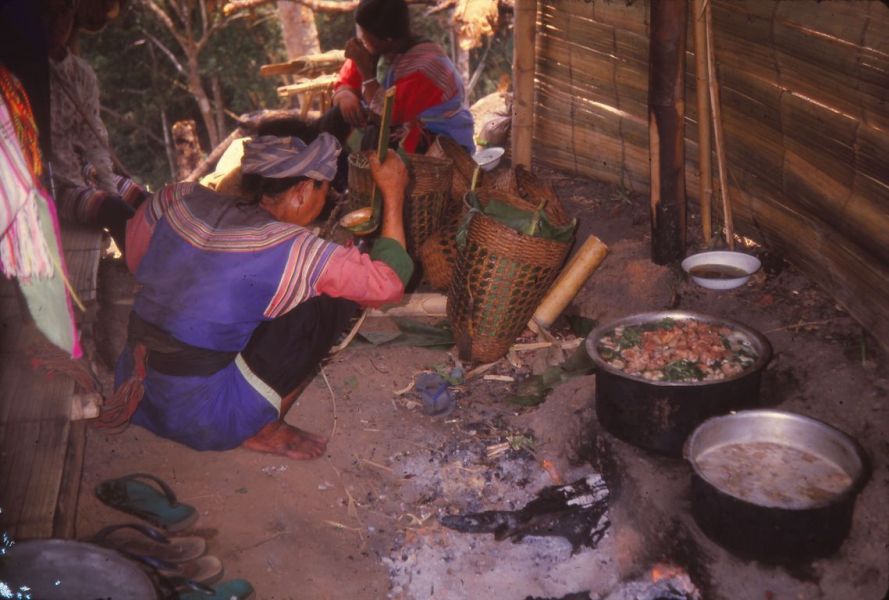
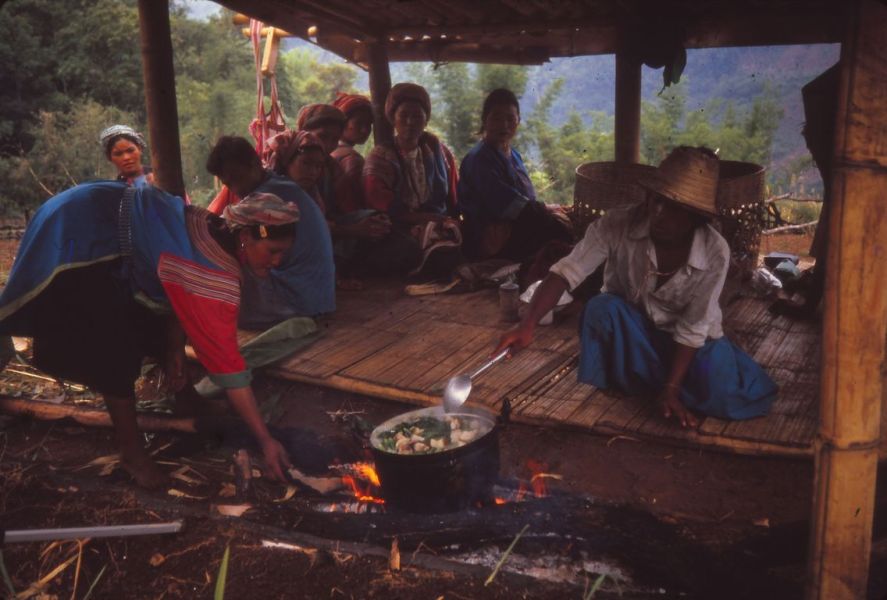
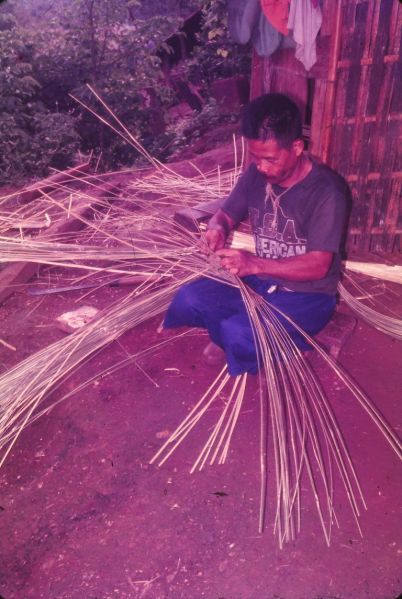

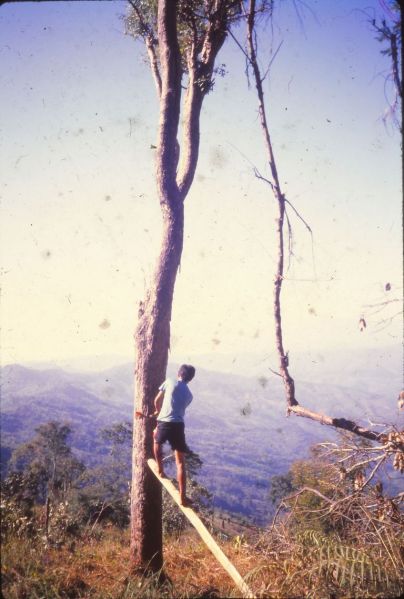

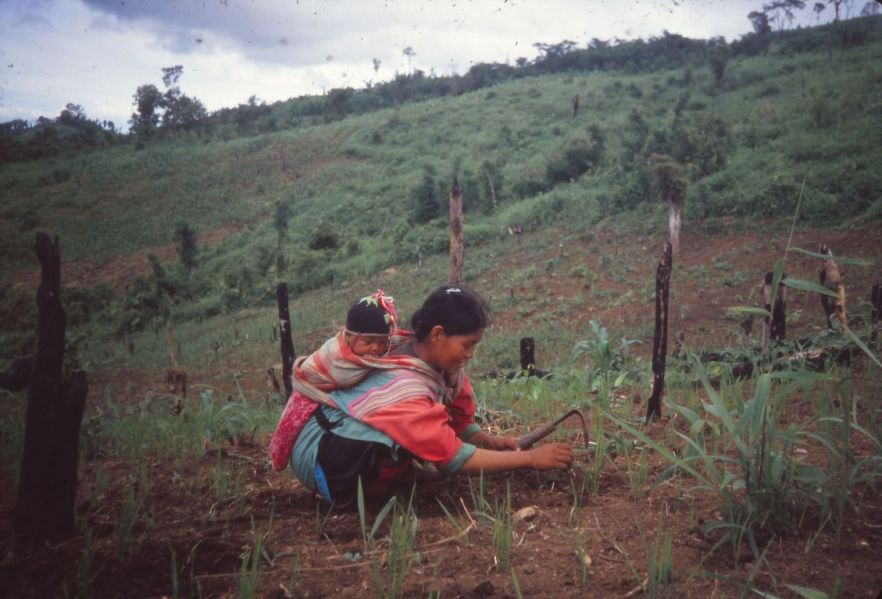
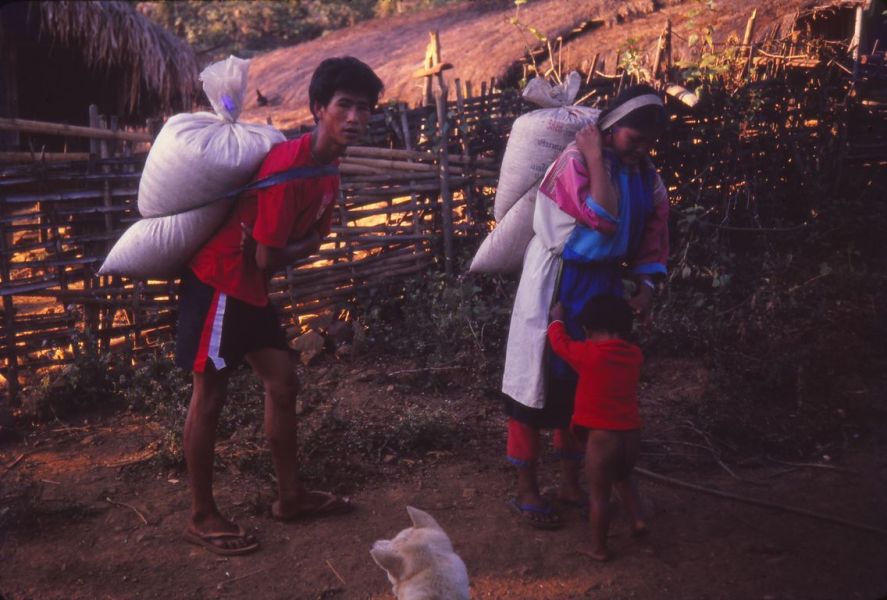


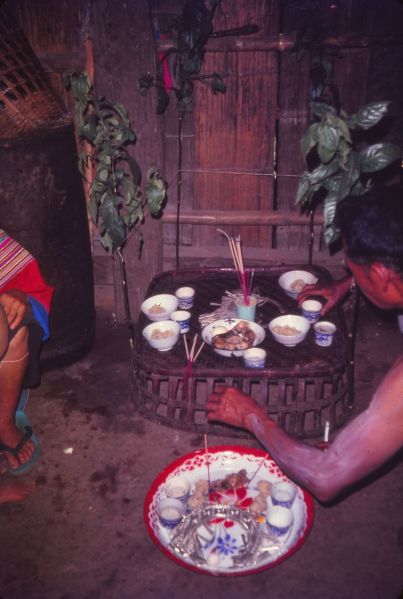



 Copyright© WebMuseo 2013 - 2024
Copyright© WebMuseo 2013 - 2024